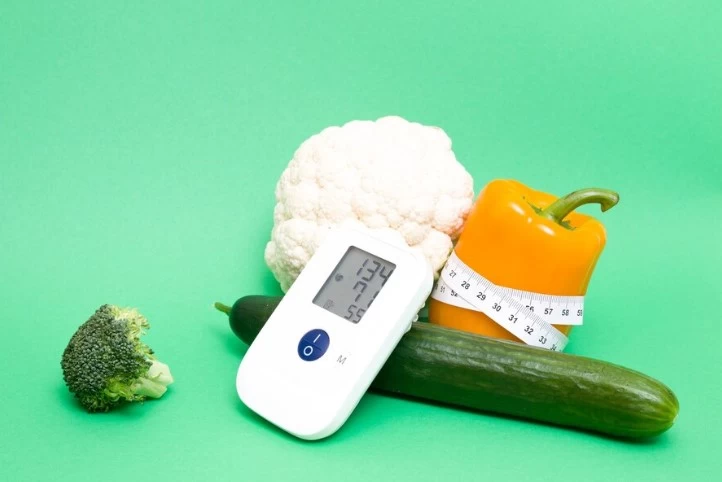
Nutrition in Insulin Resistance: The First Step Towards Health
- Nutrition in Insulin Resistance: The First Step Towards Health
- What is Insulin Resistance?
- Nutrition Principles for Insulin Resistance
- Conclusion
As a Dietitian, I want to talk to you today about insulin resistance and how to establish a diet plan to manage this condition effectively. Insulin resistance is a byproduct of modern lifestyles, but it is a health issue that can be managed with the right steps.
What is Insulin Resistance?
Insulin is a hormone secreted by the pancreas that regulates blood sugar levels. It helps cells use glucose as energy. However, in individuals with insulin resistance, cells do not respond effectively to insulin. This forces the pancreas to produce more insulin, leading to elevated blood sugar and insulin levels.
In the long term, this condition can pave the way for serious health problems such as type 2 diabetes, obesity, cardiovascular diseases, and even certain types of cancer. Fortunately, with proper nutrition and lifestyle changes, insulin resistance can be largely controlled.

Nutrition Principles for Insulin Resistance
1. Opt for Low Glycemic Index (GI) Foods: The glycemic index measures how quickly a food raises blood sugar levels. It is essential for individuals with insulin resistance to choose foods with a low GI.
- Recommended foods: Whole grains, bulgur, oats, legumes, vegetables, fruits (such as apples, pears, and strawberries).
- Foods to avoid: White bread, rice, potatoes, sugary drinks, and processed baked goods.
2. Balanced Macronutrient Intake: A balanced diet containing carbohydrates, proteins, and fats is crucial.
- Carbohydrates: Get 40–50% of daily energy from complex carbohydrates.
- Protein: High-quality protein sources (eggs, lean meats, fish, yogurt) can improve insulin sensitivity.
- Fats: Prioritize healthy fats such as olive oil, avocado, walnuts, almonds, and hazelnuts.
3. Increase Fiber Intake: Fiber helps regulate blood sugar levels and improve insulin sensitivity. The recommended daily fiber intake is 25–30 grams.
- Fiber sources: Whole grains, vegetables, fruits (with skin when possible), legumes, and seeds like chia.
4. Practice Portion Control: Portion sizes are critical in managing insulin resistance. Overeating can lead to weight gain and worsen insulin resistance.
5. Plan Regular Meals: Skipping meals or eating irregularly can cause blood sugar spikes. A routine of three main meals and two snacks daily can stabilize metabolism.
6. Avoid Sugar and Processed Foods: Excess sugar and processed food consumption are major enemies of insulin resistance. Avoid refined sugar and trans fats.
7. Supportive Foods and Supplements: Certain foods can help improve insulin sensitivity:
- Cinnamon: Known for its blood sugar-regulating effects.
- Apple cider vinegar: May help balance blood sugar when consumed before meals.
- Green tea: Supports metabolism due to its antioxidant properties.
- Omega-3s: Found in fish oil, omega-3 fatty acids can reduce inflammation and enhance insulin sensitivity.
8. The Role of Physical Activity: Physical activity is as important as diet in managing insulin resistance. Regular exercise helps muscle cells use glucose more effectively.
- Recommendation: At least 150 minutes of moderate-intensity cardio exercises (walking, cycling, swimming) per week, along with two days of resistance exercises.
Conclusion
Although insulin resistance is a serious condition that affects the quality of life, it can be managed with the right dietary habits and lifestyle changes. Be sure to consult a dietitian to create a personalized nutrition plan. Remember, every individual is different, and needs vary.
Wishing you a healthy life,

Dyt. Seda Nur Tekdemir
Dietitian and Nutrition Specialist





